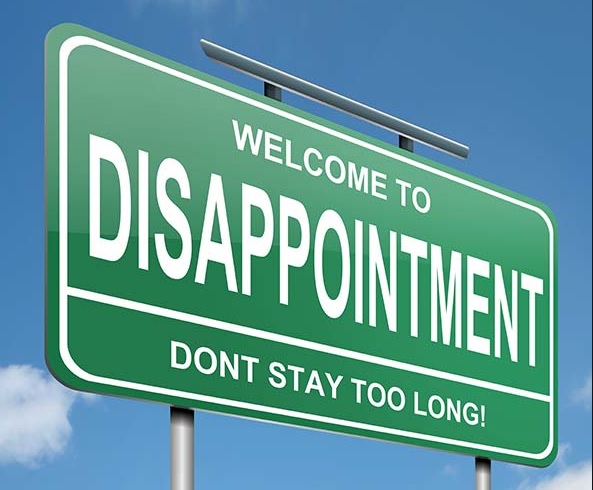The Economics of Murder

It’s Expensive to Buy a House – In the UK!
March 30, 2016March Employment Report
April 1, 2016Here’s a thought: Why don’t governments pay people NOT to commit murder? If the murder rate is unacceptably high, and current law enforcement efforts aren’t effective in bringing the rate down, perhaps a beleaguered city should pay people not to shoot and kill other people.
Sound crazy? Well that’s exactly what Washington DC decided to do. About a month ago, the DC city council unanimously passed a bill that would pay residents a stipend not to break the law. The amount allocated to this program: $4.9 million of the taxpayer’s dollars.
This choice was not made without reason or precedent: Richmond, California has been doing this for 5 years. Here, a privately funded program has been paying felons as much as $1,000 per month – for up to 9 months – not to shoot and kill. From the Washington Post on March 26th:
“RICHMOND, Calif. — The odds were good that Lonnie Holmes, 21, would be the next person to kill or be killed in this working-class suburb north of San Francisco.
Four of his cousins had died in shootings. He was a passenger in a car involved in a drive-by shooting, police said. And he was arrested for carrying a loaded gun.
But when Holmes was released from prison last year, officials in this city offered something unusual to try to keep him alive: money. They began paying Holmes as much as $1,000 a month not to commit another gun crime.”
Yep, conventional wisdom is wrong: it looks like crime does pay.
Richmond’s controversial approach appears to be working. Early indications show it has helped reduce homicide rates. The program hired ex-convicts to mentor dozens of its most violent offender. And now, five years later, the Washington Post article reported that 84 of 88 young men who have participated in the program remain alive, and 4 in 5 have not been suspected of another gun crime or suffered a bullet wound, according to DeVone Boggan, the program’s founder. Boggan claims the murder rate has dropped 77% in Richmond.
Early on, Boggan and his team identified 50 men in Richmond who were most likely to kill or get killed. Boggan successfully enrolled these men into an 18-month program that included anger management, job training, and other life skills. And paid them between $300 and $1,000 a month as long as they remained in the program.
Now, across the country, other cities are taking a serious look at replicating the program. The Washington Post reported that officials in Miami, Toledo, Baltimore and more than a dozen cities in between are studying how to replicate Richmond’s program.
Good idea? Bad idea? And what might be the unintended consequences? Regardless, this story does prove, once again, human behavior is highly correlated with direct economic benefit.
- Terry Liebman




0 Comments
This is stupid, typical government waste, his parents should have receive stipends to put him in a good school, maybe even a private school. Education is the first step in changing culture.
I suspect there will be no shortage of opinions on this one. – T
Poverty is one of the gateways to crime. Raise the standard of living, and a reason for crime is reduced.
Terry, good stuff.
There was a great interview re this issue on NPR a week or two ago. They compared the cost of the program (way low) to the cost of incarceration (high) for the same “offenders.”
It saved lives…and it cut tax payer expense DRAMATICALLY.
I might be misquoting…but I think they said that the cost of incarceration and law enforcement for one offender was something like $500,000. Cities are actually saving huge money.
Easy math.
Willie
Good to know we’re all safer while they keep the program funded,’cause there will be one crazy shootout when they run out of money!